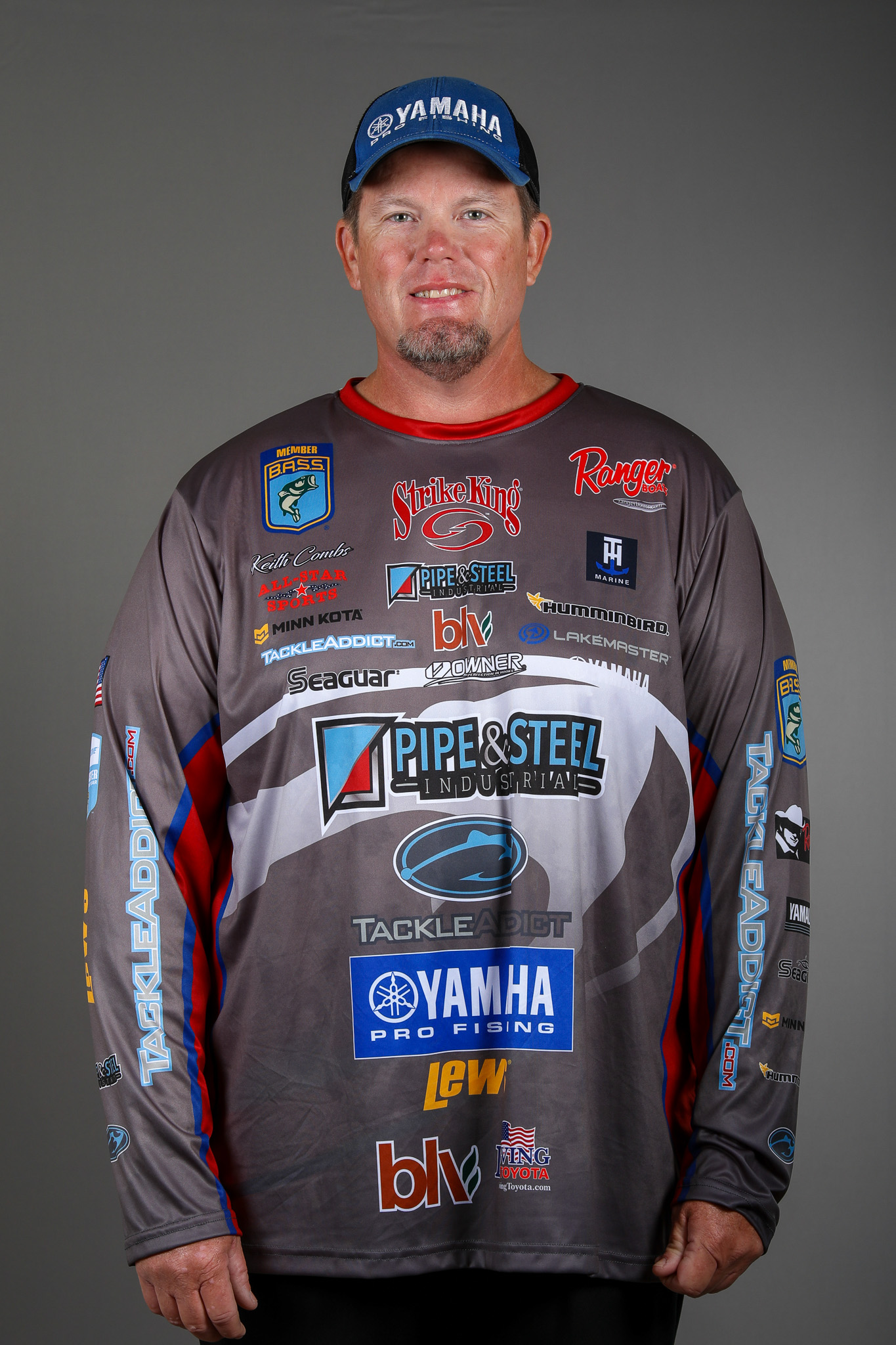
One of the earliest pieces of wisdom that I received from some more experienced fishermen was that “a bass is a bass” wherever you go. It’s an accepted truth just about everywhere, and to this day I still hear lots of people say it, even top pros.
It was the worst piece of advice that I ever got.
Sure, a largemouth in California may be distantly related to a largemouth in Florida, just as a smallmouth at Erie may be a long-long-lost cousin of one at Havasu. They certainly share some basic habits. But when you start to treat them as if they’re the same, you’re going to get burned.
I’m thinking about this as we prepare to head north to finish off the Elite Series season. I was born and raised in Texas and grew up fishing the Lone Star state’s many fertile fisheries. I learned how to fish on southern reservoirs and understood how those fish behaved. The first time in my career that I ventured north I went to Champlain, which is about as far north as you can go. It was the summertime, and I expected that both the smallmouths and the largemouths would be out deep, just as they would be on Rayburn or Kentucky Lake. I learned the hard way that most of the life-forms there remained shallow around the bank. I ended up finishing poorly.
A big part of the difference is that the fish eat different things in different regions. Our fish near home feed on shad, bluegills and crawfish. On most of the northern lakes, they feed on yellow perch, gobies, alewives or herring. It’s a totally different ballgame.
There’s also the way that the bass relate to underwater vegetation. Prior to traveling up north that first time, I’d always heard about the magical Ticonderoga section of Champlain and its fertile grass beds, but when I got there they threw me a huge curveball. In the South, when you flip grass, the fish are usually relating to the edges. In the North, you have to get up in it and flip it all. When you finally get bit, there are usually others around it. They may be relating to some sort of bottom change, but it’s not necessarily an edge.
Over time, I’ve learned to adapt my skills to northern fisheries, and I’ve had some success, including a 10th place finish on St. Clair in 2013 and a ninth place finish on the St. Lawrence in 2015. Finesse still isn’t my strongest suit, but I can utilize it when necessary. When fishing for northern largemouth, it’s still hard for me to fish a dock when I can see all the way around it, but I now know that they live there.
What I’ve managed to do is incorporate southern power fishing strategies to northern fish behavior. Usually that means chasing smallmouths when they’re available. I set my sights on largemouths in the recent Bassmaster Elite Series tournament on Cayuga where I finished sixth, but that’s an exception to the general rule. I prefer the northern smallmouths because they’re very aggressive and usually looking to feed, and therefore I can chase them with a jerkbait or a crankbait.
I’ve learned to appreciate the regional differences between bass, and while there’s a constant learning curve, rather than fearing the unknown I now look forward to it. There’s no reason that I shouldn’t finish this year strong near and above the Mason-Dixon Line.
We start off at the Potomac, a fishery that I’ve visited a few times. Tidal fisheries were another challenge for me when I started my professional career. I knew that you needed to factor the tide into your game plan, but I didn’t understand how different winds and weather conditions would alter that impact. I’m still learning as I go, but I feel a whole lot better about it now. The Potomac caters to heavy line techniques like flipping and frogging, and I expect to do well there.
Then we’ll head to La Crosse, Wis., and the upper Mississippi River. I enjoyed fishing there the first time I went. It’s one of the most fertile places I’ve ever fished, rivaled perhaps only by Venice, La. – the same river, just 1,000-plus miles away. La Crosse can also be frustrating at times. You can catch a hundred 2- to 2 1/2- pounders and be completely out of the mix, but add in a 3- or 4-pounder and you’re golden. Unfortunately, it’s hard to target quality fish over the cookie cutters. They just seem to show up randomly.
We’ll close out the season at Mille Lacs in Minnesota. I’ve never been there. In fact, I’d guess that it’s generally an unknown to most of the Elite Series field. Nevertheless, I’ve heard nothing but good things about it and hear that it’s a world class fishery. I’m going to head up there before it goes off limits to make sure that I’m one of the anglers who can make it work for him.
What do those three waters have in common? Not a lot, except for the fact that they all produce a lot of fish. What do their populations of fish have in common? I’m sure that they share certain behavioral traits, but I also plan to treat them as unique and to read the mood of each individual group. If I treat them like they live on Rayburn or the California Delta or Erie, my finishes may suffer. Remember, just because they look the same, one bass is not necessarily at all similar to another. The only place where each one counts equally is at the scales.

